Haleh Moravej, a senior lecturer in nutrition at MMU and I did a little experiment the other day. We wanted to find out if we could engage a tutorial class of 1st year undergraduate students in a unit evaluation process linked to Nutrition 21 using a pan-participatory, qualitative and playful approach beyond paper or digital surveys or even interviews or focus groups.
Our focus was on identifying what helps Haleh’s students learn and less about how satisfied they are from a consumer point of you. And I guess this is where we divorce ourselves from some of the surveys that are around and used more widely… I am using the term ‘consumer’ here to create a contrast in my thoughts but also to highlight that the focus of our investigation was student learning, students’ conceptions of learning and their thoughts around what they felt helped or hindered their learning in a specific unit. We were also interested in their ideas to make learning happen more effectively and naturally for future cohorts of students on this unit. So students in this context were more taking the role of collaborator and co-designer for their own learning.
Dear Plato said:
“We learn more about a person in an hour of play, than in a year of conversation” – could this be true?
We played for 2 hours! Just imagine how much we learnt about each other!!!
We wanted to gain a deeper insight into the student experience of a whole group on the unit and find out how students felt the unit could be enhanced for the next cohort. We wanted to do this in a relaxed atmosphere that would foster opening-up! reflection and self-and collective discovery through making and sharing.
We decided to use the LEGO Serious Play (LSP) method. I have used LSP before in different learning and teaching contexts with students and teachers also in conference workshops and have found it a useful method to make individuals and teams feel more relaxed, engage in something that is playful and unusual while also having a pedagogical value that helps individuals deepen their reflection but also seems to increase their critical and creative thinking capacity and connect themselves and their ideas and thoughts with others.
I was really pleased that Haleh embraced this playful approach with passion when I suggested this during a chat we had about her new unit and she shared with me that she was looking for a meaningful way to evaluate the unit with her students. As Haleh and her students were willing to give LSP a go, nothing could stop us!
LSP is thinking with our hands, a series of activity through which we create models, or visual metaphors of our internal world made out of LEGO bricks triggered by a specific question that makes us reflect, think and build meaning through actually building a real model. We could say that LSP is a process to open-up and externalise thoughts, ideas, beliefs and fears and other stuff and share with others creating opportunities for dialogue, further reflection and learning, individual and collective.
It was fascinating what we experienced and I think the students were also surprised with themselves and what they disclosed and shared with their peers about themselves. I could see it in their eyes. I could hear it in their voice. I could see it in their body language. Some might have been skeptic, at least at the start but this is fine. It is healthy to be critical and think about what we are asked to do and what the value of this would be for us. I think it did help explaining why we choose LSP, what we could achieve and how but also said a tiny bit about the underpinning theories behind it. In a way this takes part of the magic away, I suppose, but the real discovery comes when actually experiencing LSP in action. And there were definitely some lightbulb moments for all of us…
Ok, so what happened. Desks and chairs got in the way. We decided to sit on the floor and created a magical circle so to speak. After the LEGO warm-up activity, students were asked to reflect reflect on their learning on the unit and create a model that would capture how learning on the unit looked like for them and mark with a green brick what worked and with a red brick something that didn’t work so well for them. During the second part of the session students were asked to think about how learning would look like on the unit if everything would be ideal. They did this initially individually but then connected their ideas in sub-groups and shared with the whole class. It was fascinating! All students highlighted very similar things as important factors to make learning happen. Haleh was taking notes throughout and responded at the end of the session which brought everything together.
Students were really focused during the making stages and Haleh was surprised as this group is usually very vocal. Students were concentrating and connecting their thoughts while making their models. I really loved we were all sitting on the floor, around our LEGO campfire and ideas and thoughts emerged, took shape and were shared. Students showed interested in each other’s stories and were asking questions and commented on each others thoughts. Students opened up really quickly. I think it did help that the group knew each other and they felt safe perhaps?
I was impressed with the maturity of students and their commitment to learn and become professionals in their chosen area but also that they acknowledged that they needed support and guidance by their peers and tutors to achieve their goals. Their stories provided rich evidence for all this.
So what came out of the LSP process?
- Students love variety.
- Students get bored when they just have to sit there and listen to stuff. They switch off.
- Students want to understand the usefulness of what they are learning and how it relates to their context and interests.
- Students want to interact with others.
- Students want to learn with others.
- Students understand the value of reading but they want want to do stuff. This seems to be very important to them, the doing part!
- Students also love to learn through visuals, images, videos etc. we live in a very visual world!
- Students want to start from the application, experience and practice to develop theory instead the other way around.
- Students want to be involved in all sessions.
- Students want also time for themselves. We need to remember this.
- Students want to know how bits fit together, how they are connected. Just focusing on individual puzzle pieces is not helpful. The bigger picture is important and this needs to be made clear.
- Students need help to see and make connections as it is not always obvious to them.
- Students need help understanding why some bits are important, even if ‘boring’ – what is the value of learning these and how do these fit into the bigger picture?
- Students want the engage in authentic learning.
- Students want lecturers that have a passion for their subject and inspire them!
- Students want to learn and they need help and support by their tutors and peers.
- Students get distracted by their own technology! This was a very interesting confession they made!
Haleh reminded me afterwards that I said:
When we don’t understand something, we get frustrated, some get angry or defensive, others switch off.
I think it is important to remember this when interacting with others, in our everyday life but also in the context of learning and teaching where this is also very relevant. Haleh commented on this: “I think what we did was a revelation and a great experience. You possibly opened up one of my flaws as well for switching off when people don’t get what I mean or what I want. So I think while students were learning I was learning not just about them but about myself too!” (published here with Haleh’s permission)
After students shared their ideas about their ideal experience on this unit and while Haleh was quietly taking notes of the stories students shared – I think she filled loads of papers and was not participating in any of the activities, it was Haleh’s opportunity to share her first thoughts in response to what her own students had said in the last two hours and what her first thoughts and ideas were to tailor learning and teaching on this unit further to help future students. I loved the openness and the transparency of the whole process. Students and the tutor showed enormous respect for each other and were really interested to find solutions that would work for all.
All students engaged in the session and found it valuable. They noted that it helped them share inner thoughts and ideas but also found out about how their peers felt about learning on the unit and how they could move forward together. Some suggested that a similar LSP activity would have been useful at the start of the academic year and I can see the value of doing this to speed-up the process of opening up and create learning relationships and community. If anybody would like to try this, please get in touch and we can arrange this.
The first year students I spent two hours together during the LSP workshop definitely wanted to learn. They were motivated and cared for each other, they felt that they were belonging to a learning community and wanted to succeed in life and become excellent professionals in their chosen field. They recognised the important role of the teacher as a facilitator and supporter of their learning but also as somebody who is inspirational and a role model. The stories they shared definitely confirmed to me that they want to be in a state of being switched on. How can we educators help them?
Could we have got the above from a survey, an interview, a focus group or using another way? I think we could, to some extend. Perhaps we wouldn’t get the richness of responses and we definitely wouldn’t be able to create the atmosphere for opening-up and sharing and creating opportunities for peer bonding and a sense of community which did happen naturally without being forced and created new opportunities for peer-to-peer connections and learning. One of the students said in an email afterwards:
We did some Lego play yesterday and we now know each other much better. I realise that currently the tutors change each year, but we don’t want to start from scratch with somebody else and a new group (as we know each other so well after our Lego therapy) when we already have such a strong bond with Haleh who is so creative and has been supporting us personally and academically. We have all built a really strong relationship both with Haleh and each other, and feel like it would be a shame to lose the dynamic and foundation we have built together.” (used here with student’s permission)
The true power of learning relationships. What are your thoughts on this?
Learning relationships are important for learning and can be powerful motivators. I think, no survey could have achieved what we achieved in 2 hours together. No interview, no ordinary focus group. The playfulness of LSP and the depth in thinking and reflection that surfaced made it so valuable for all involved and so meaningful and useful. Individuals felt safe, opening-up and made connections with themselves and each other. Students in this group developed a stronger sense of individual and collective identity.
Thank you all for joining in and making this work. I look forward to finding out how the outcomes from the LSP session will be shaping the next iteration of the Nutrition 21 unit.
Thank you for reading.
Chrissi
ps. first draft



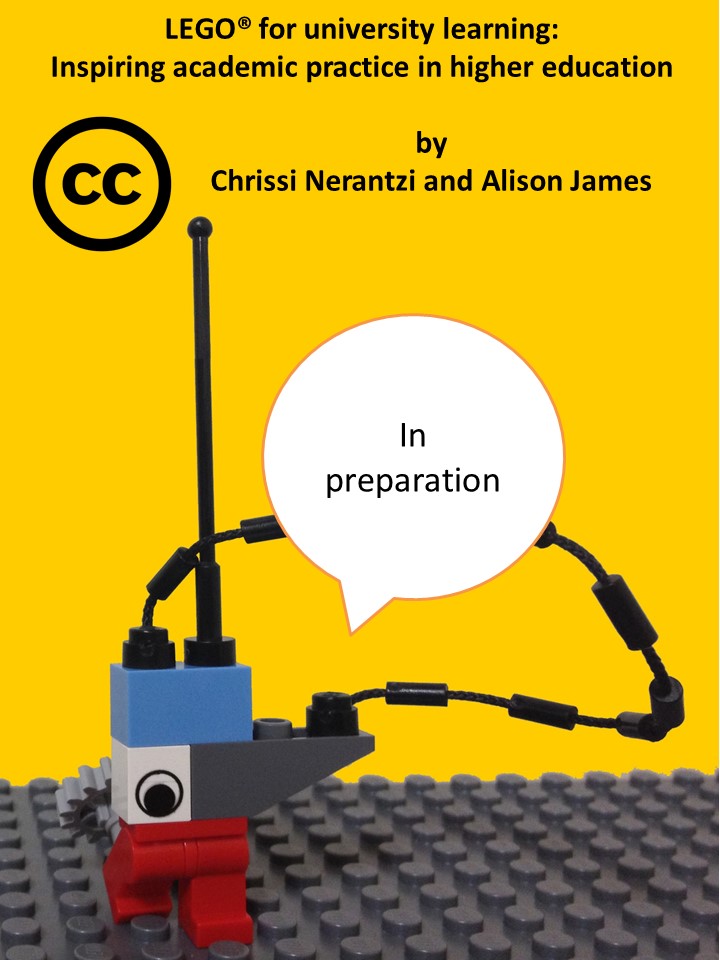 So, what is in the booklet? After an introduction into the LSP method and its potential uses in higher education, a series of short LSP stories follows. These stories showcase how specific practitioners from a range of disciplines and professional areas currently use LSP in an higher education context. I would like to thank the following colleagues for making the time to contribute their LSP story to the collection: Dr Stephen Powell, Neil Withnell, Sue Watling, Prof. Alison James, Graham Barton, Lesley Raven, Prof. Dr Tobias Seibl, Dr Thanassis Spyriadis, Dr Sean McCusker, Lisa Higgings, Haleh Moravej, Prof. Rebecca Lawthom, Sue Beckingham and Dr Catherine Hayes. Also a big thank you to Alison Laithwaite, Dr Gayle Impey, Dr Maren Deepwell and Tom Palmer for commenting on specific LSP activity sets.
So, what is in the booklet? After an introduction into the LSP method and its potential uses in higher education, a series of short LSP stories follows. These stories showcase how specific practitioners from a range of disciplines and professional areas currently use LSP in an higher education context. I would like to thank the following colleagues for making the time to contribute their LSP story to the collection: Dr Stephen Powell, Neil Withnell, Sue Watling, Prof. Alison James, Graham Barton, Lesley Raven, Prof. Dr Tobias Seibl, Dr Thanassis Spyriadis, Dr Sean McCusker, Lisa Higgings, Haleh Moravej, Prof. Rebecca Lawthom, Sue Beckingham and Dr Catherine Hayes. Also a big thank you to Alison Laithwaite, Dr Gayle Impey, Dr Maren Deepwell and Tom Palmer for commenting on specific LSP activity sets.

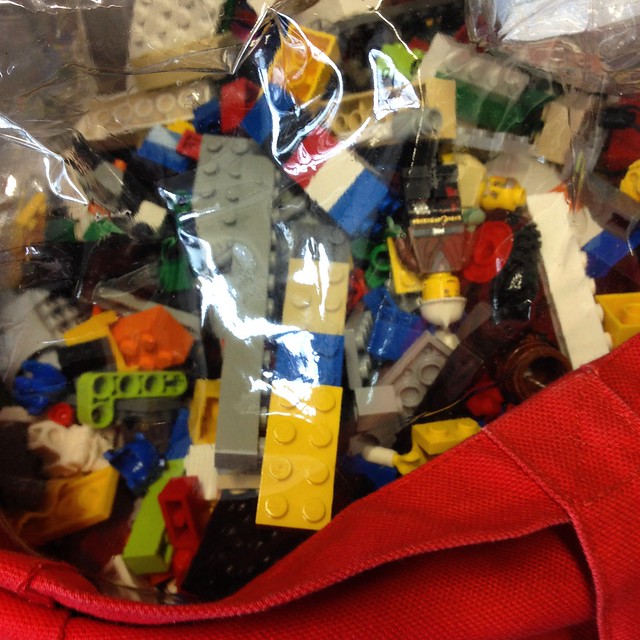

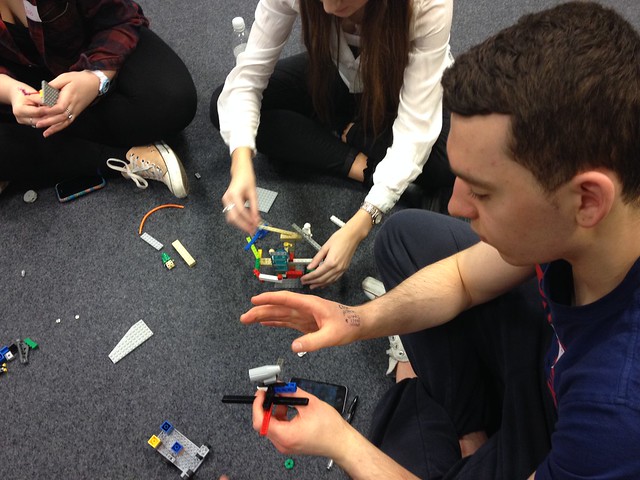
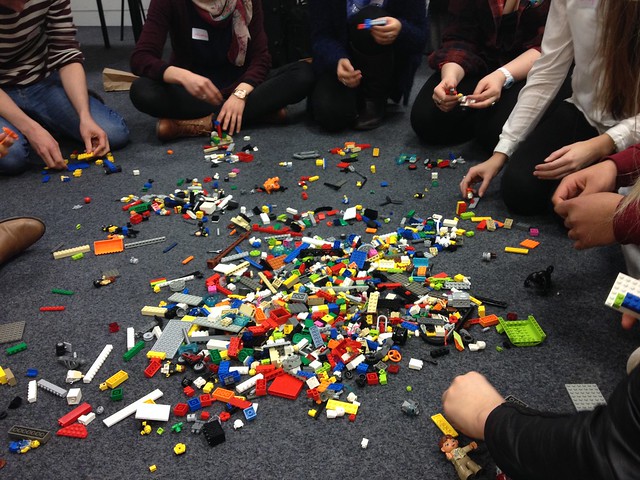
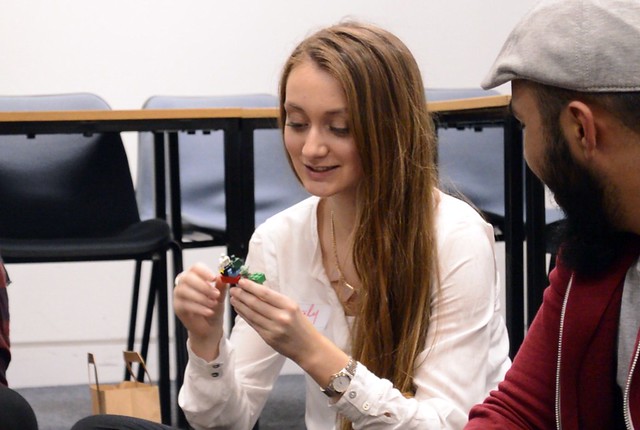
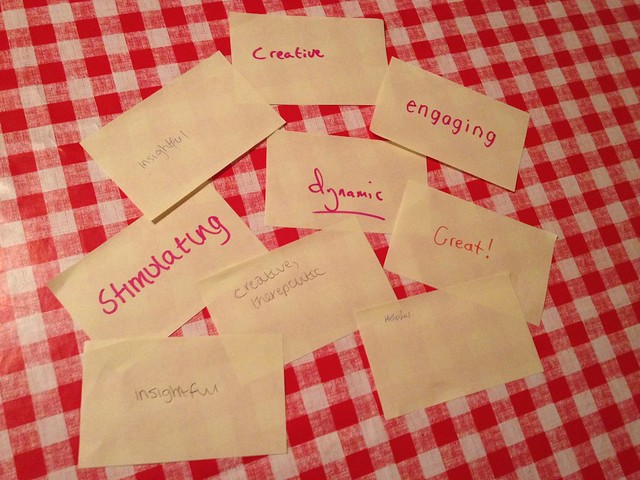
You must be logged in to post a comment.